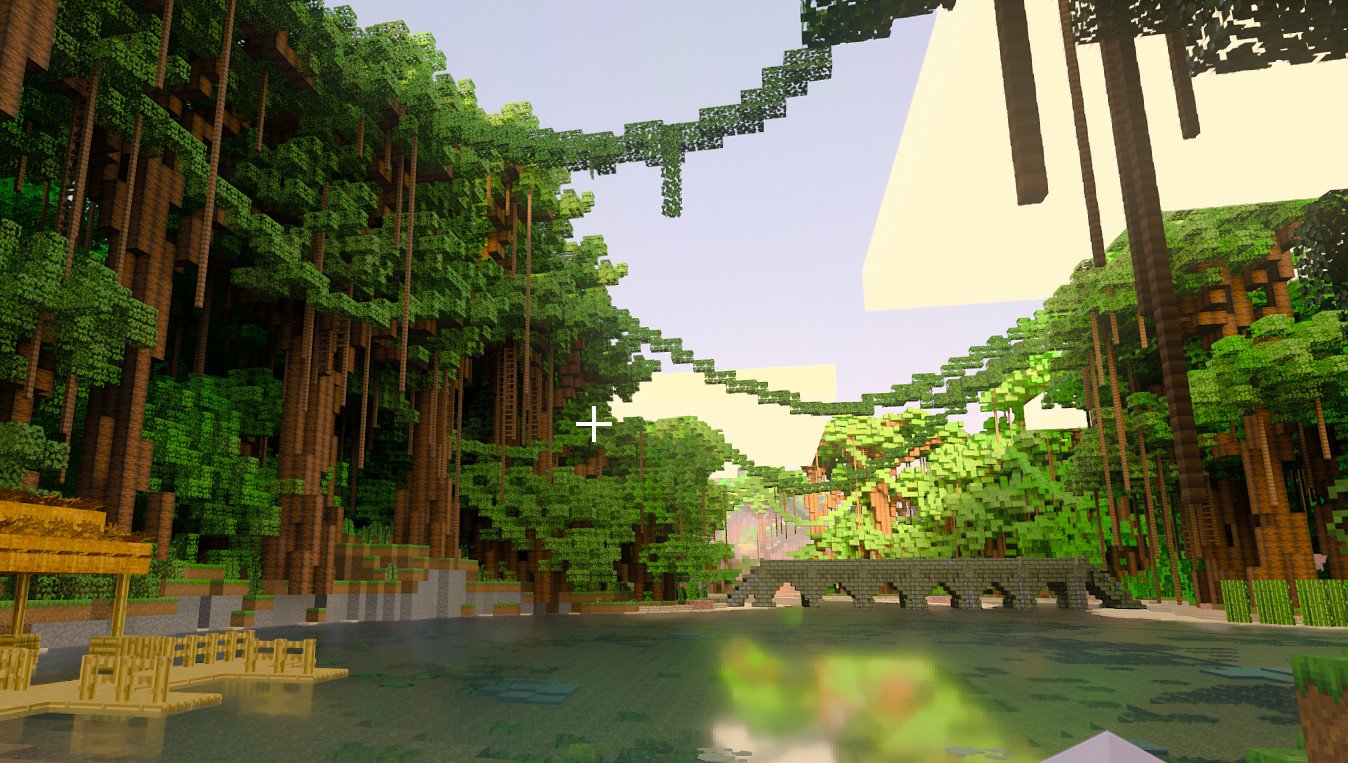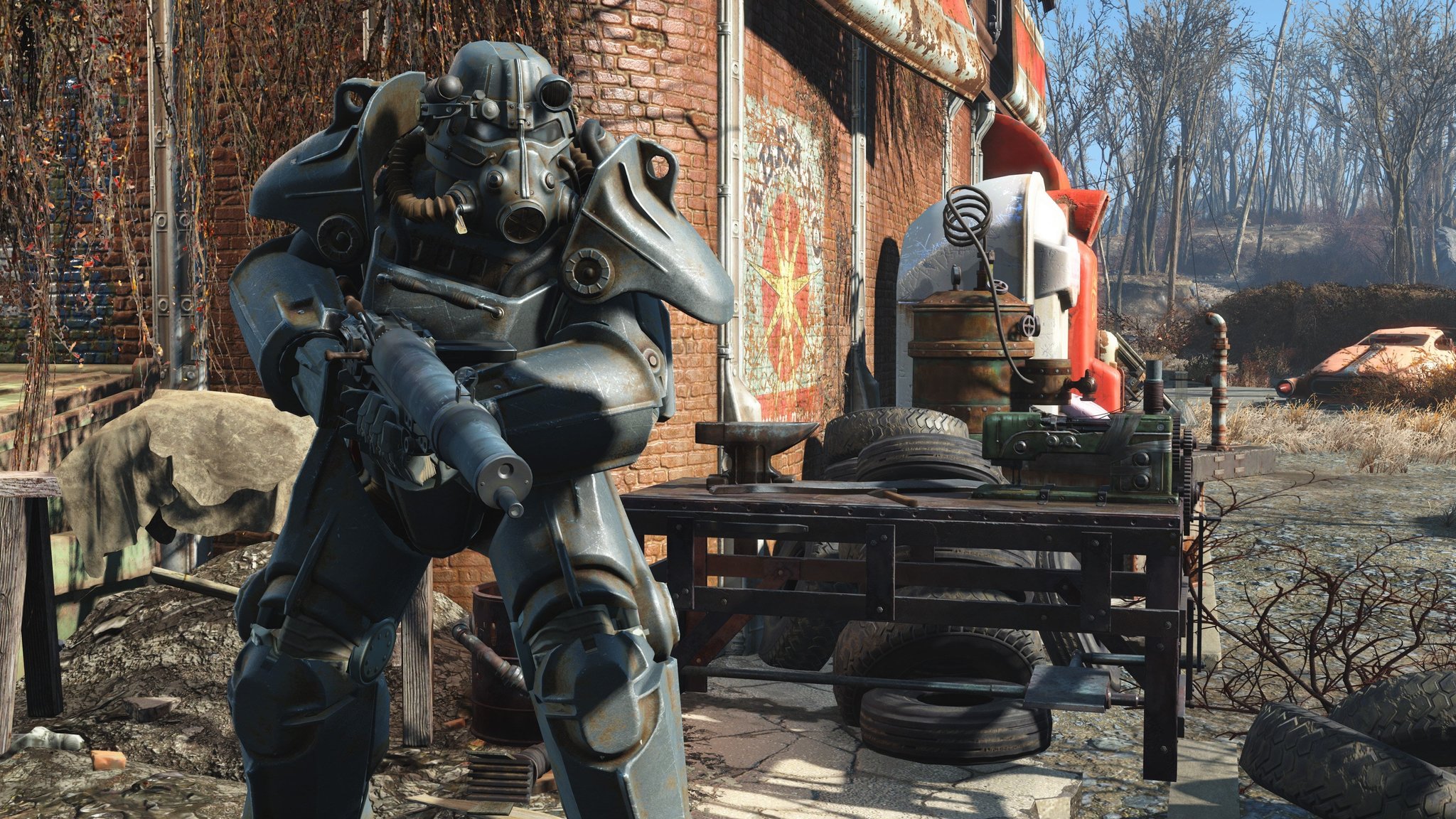Eyes-on with Minecraft with RTX ray-tracing: They should have sent a poet
Minecraft Bedrock Edition beta build is now testing out RTX ray-tracing. Even with modest RTX hardware, it is truly stunning.

I don't have the beefiest PC out there, but I do just about slip into the minimum requirements for Minecraft's RTX beta, injecting ray-tracing shadows and lightning into the crafty, blocky world.
Minecraft has enjoyed shaders and other ray-tracing features for a while on its Java Edition, but those on the Bedrock Edition can now join in on the fun if you have an RTX GPU or higher and a Windows 10 PC.
We got into the beta for ourselves earlier to look around at some of the earliest versions of the new effects Minecraft players can expect when it launches later this year. Even in a pre-optimal state on relatively modest RTX hardware, Minecraft with ray-tracing is almost like a new game.
Related: How to play the Minecraft RTX ray-tracing beta

Microsoft is bringing ray tracing exclusively to Minecraft for Windows 10, first available via the RTX beta test. This version features the full modern Minecraft experience, including cross-platform multiplayer and purchases with Xbox One, PlayStation 4, mobile, and more.
Jaw-dropping water and shadows
The beta for Windows 10 is locked to a specific subset of pre-designed worlds, built in partnership with NVIDIA. Microsoft says this is to ensure that the development of the ray-tracing effects is smooth at this time. Introducing bugs and other visual errors from trillions of procedurally-generated worlds might not be the smartest step right now. But the worlds offered as part of this beta offer a good amount of variety for exploring the new features.
One world is a little more typical of general Minecraft, complete with farms, pastures, and castles. In the above example, you can see the new clear water effects in action, which dynamically creates realistic reflections as it light bounces into the cave. Placing torches causes light to gradually flood into the shadows, reflecting realistically as it passes around models and hits liquid, giving Minecraft a vivid sense of realistic depth.
Reflective surfaces and textures
Beyond simply enhancing light, the new ray-tracing techniques can also enhance textures, giving them reflective or transparent qualities that were up to now simply impossible.
All the latest news, reviews, and guides for Windows and Xbox diehards.
NVIDIA's Neon City map was a good showcase for what lighting and textures could do for the game, with metal blocks dynamically reflecting light and objects lit up by that light. It seems like such a simple, basic thing, but the technology to make this sort of dynamism a reality is only just now starting to become broadly accessible.
A new lease on life
There's still plenty of work to do, of course. For example, the ray-tracing seems to be limited to stationary objects generally at the moment. Creeper or TNT explosions produce no lightning whatsoever, for example, which is unfortunate and actually a little jarring, when you begin expecting those types of lighting effects. I'm not sure whether or not it's even possible with Minecraft's engine, but therein lies one of the most obvious things that still need to be improved.
Regardless, even with my comparatively modest PC hardware, the early impact is obvious and stunning. Hopefully, these are the sorts of effects we can hope to see on the Xbox Series X version of Minecraft too in the future, which has been built with ray-tracing in mind. It's going to be a bright future. Literally.

The 20-series GPUs from NVIDIA offer some serious power, including ray tracing and deep learning super sampling (DLSS), which uses AI to help deliver the right level of performance at all times. This Minecraft RTX-compatible card has 8GB GDDR6 and a boost clock up to 1,650 MHz, providing a slight upgrade over entry-level cards, with a balance of performance and affordability.

The Dell G5 15-inch gaming laptop is one of the most balanced picks for RTX graphics, with a budget-friendly offering over other laptops, forgoing an aggressive "gamer" design, and sporting Dell's excellent post-purchase support. The RTX 2060 is joined by an Intel Core i7-8750H processor and 8GB of RAM, the latter being upgradable.

Jez Corden is the Executive Editor at Windows Central, focusing primarily on all things Xbox and gaming. Jez is known for breaking exclusive news and analysis as relates to the Microsoft ecosystem while being powered by tea. Follow on Twitter (X) and tune in to the XB2 Podcast, all about, you guessed it, Xbox!
